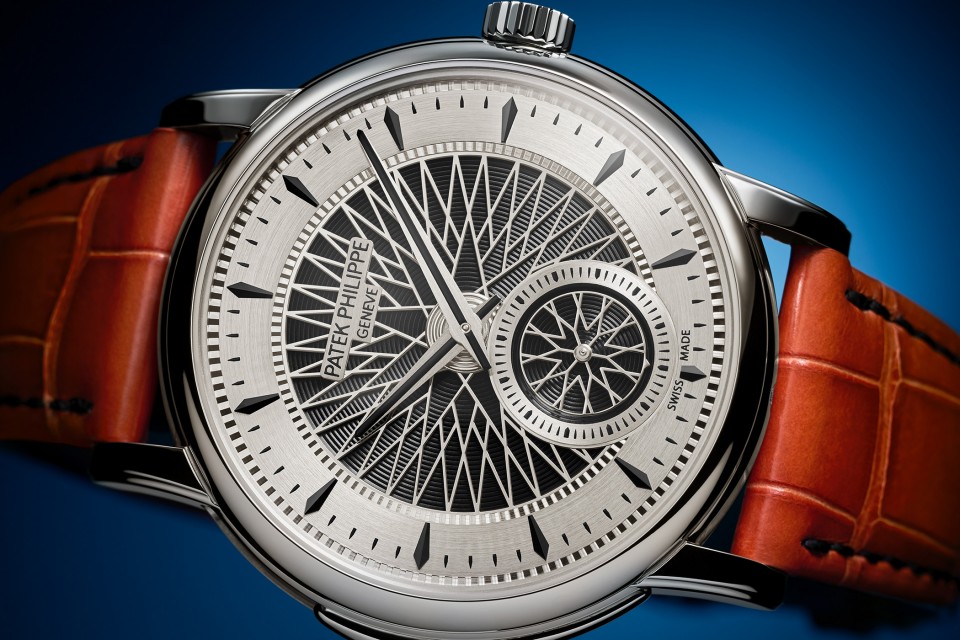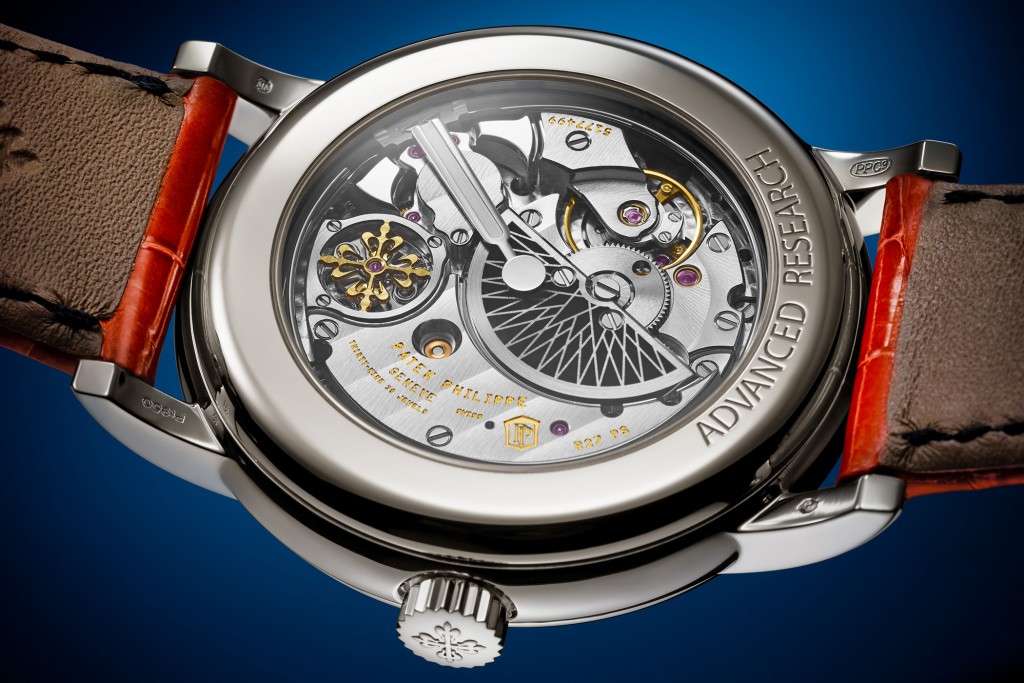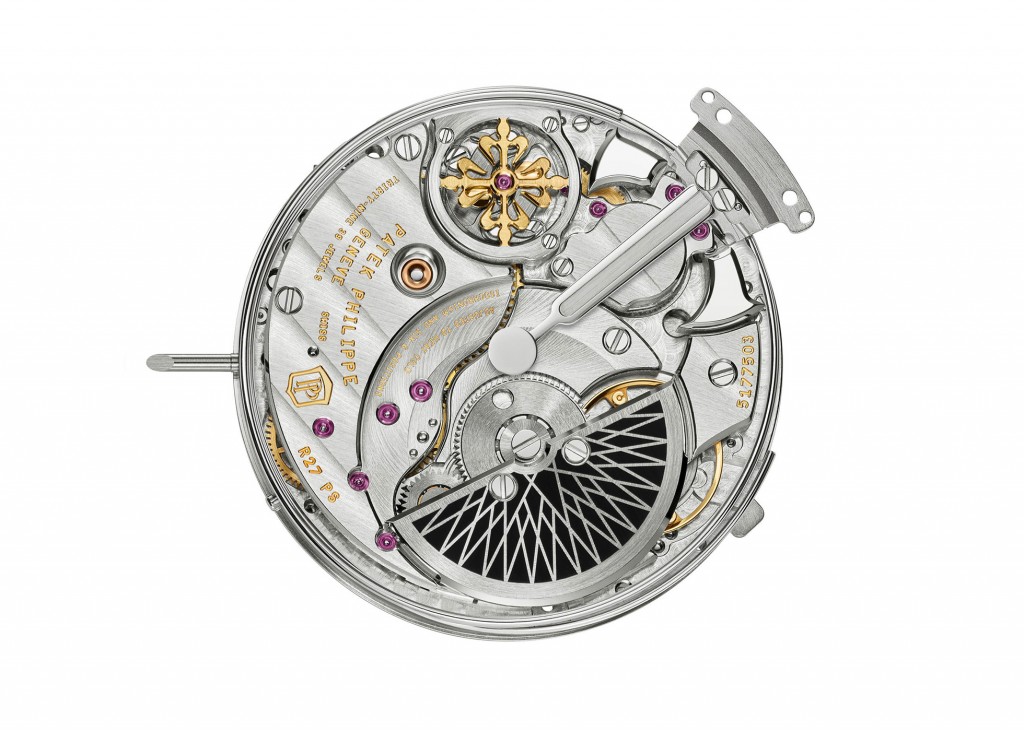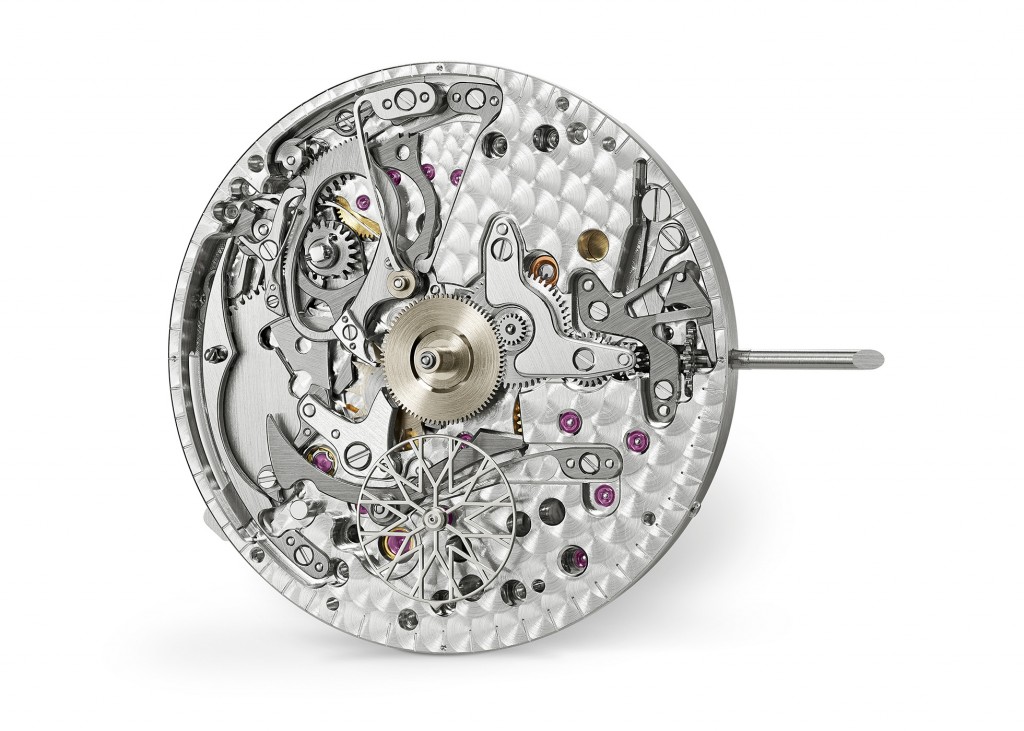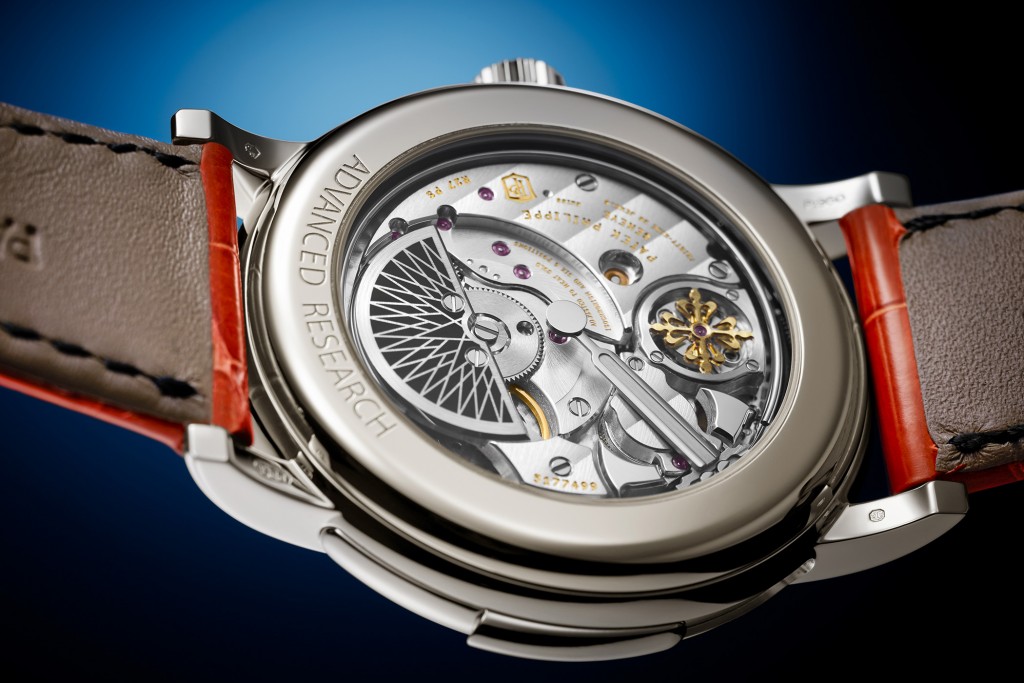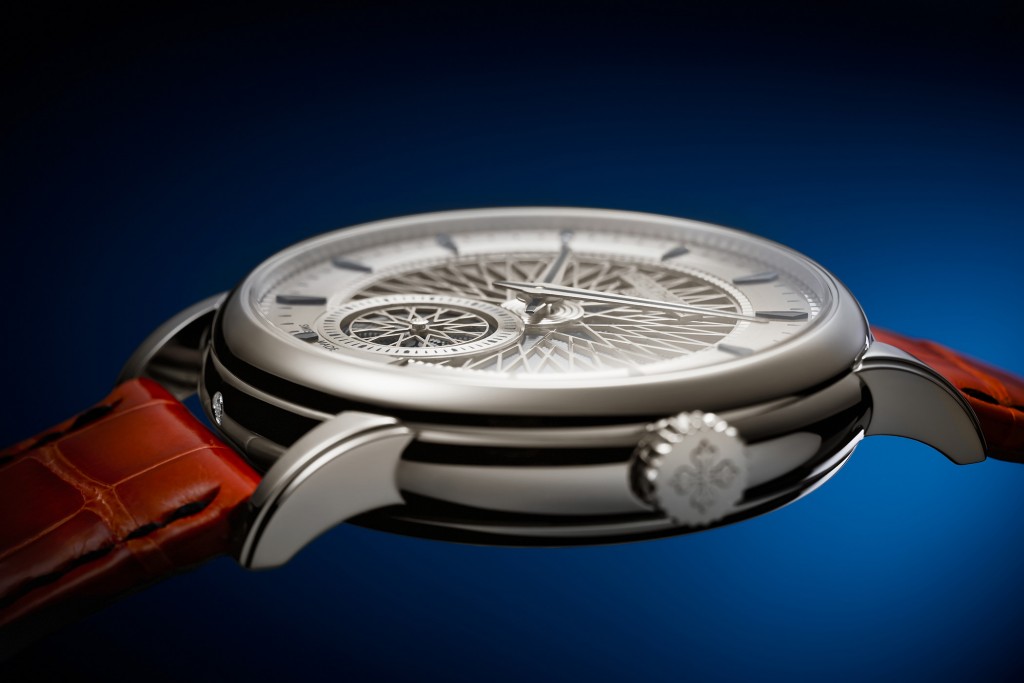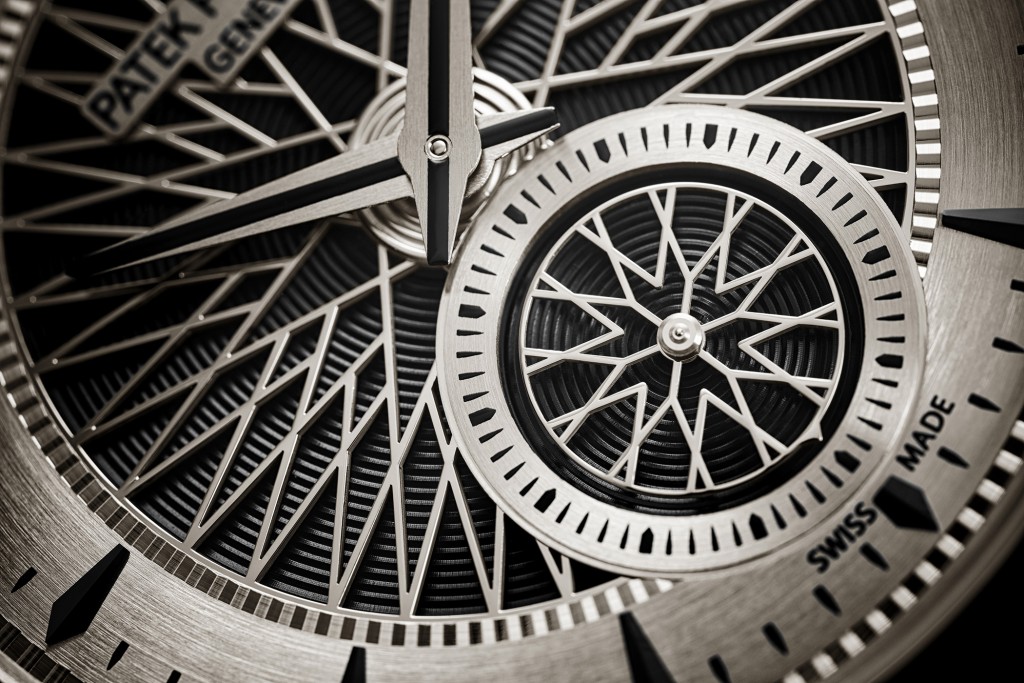From time to time the engineers in Patek Philippe’s Advance Research department flex their sizeable knowledgeable muscles to come up with something innovative in the watch industry and in 2021 they’ve done this once again. Of the Grande complications that exist in watchmaking today, perhaps the most archaic is the minute repeater, but this hasn’t stopped Patek improving upon this complication. As many of you may know, the minute repeater’s original purpose was to enable the user/wearer to tell the time in the dark, so it audibly chimed the hours and often minutes. It was a complication that was invented before electricity, so its usefulness then made sense. A repeater comes in a few forms such as: Grande Sonnerie, minute repeater (which is the most common), as well as others. However, a drawback for the minute repeater has often been the case metal which has an impact on the acoustics of the chime.
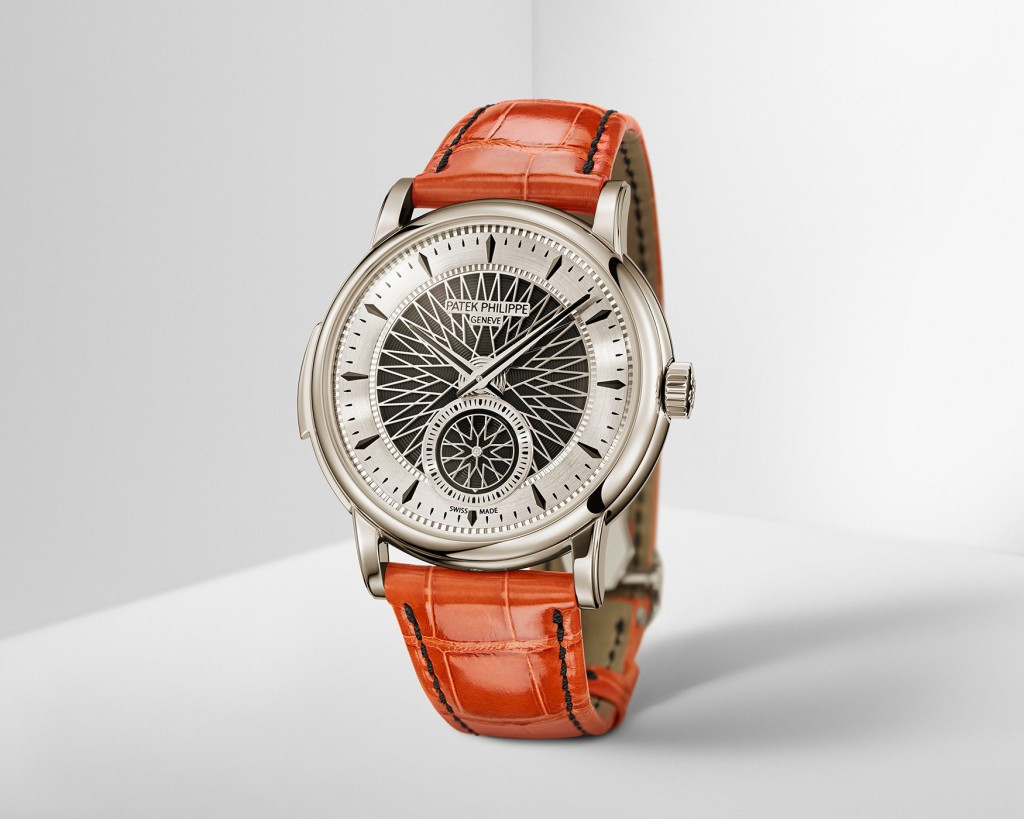
The Patek Philippe “Advanced Research” department was founded in 2005 and has over the years been integrated in the Research & Development division and have been afforded the task of pursuing high-end research in the fields of new materials, technologies, and conceptual fundamentals intended to think outside of the box of conventional watchmaking techniques.
Since 2005, Patek Philippe “Advanced Research” has stood out with pioneering work in the innovative field of Silinvar, a derivative of silicon with beneficial characteristics for watchmaking applications i.e., temperature compensating, lightweight, lubricant-free, antimagnetic, etc. Concurrently, the manufacture presented the first escape wheel in Silinvar (2005), followed by the Spiromax balance spring (2006), the Pulsomax escapement (2008), the Oscillomax ensemble (2011), and a further optimised version of the Spiromax balance spring (2017). Each of these technology leaps was accompanied by the launch of a wristwatch that highlighted this advancement in limited editions that were the first to be endowed with the innovative components.
Diverging from the famous self-winding calibre R 27, the movement with which Patek Philippe ushered in the grand comeback of the minute repeater in 1989, the engineers and designers at Patek Philippe “Advanced Research” searched for a way to increase the volume of the time strike in a purely mechanical manner while preserving the excellent acoustic quality as well as the smallest possible dimensions. After several technical forays in various directions, they decided to preserve the design of the base movement and then on the bridge side to add a module that works like a mechanical loudspeaker. But unlike normal loudspeakers, the amplification of the sound does not rely on a flexible diaphragm like that of a stereo speaker. Instead of a membrane, the system for which Patek Philippe registered three patents has an oscillating wafer made of synthetic sapphire with a thickness of 0.2 mm. Thanks to its angular motion, this rigid and freely movable wafer provides clearly better sound propagation for the confined volume of a wristwatch. The transparency of the sapphire glass also preserves the unobstructed view of the movement through the case back. To implement this heavily miniaturised system, the developers had to master considerable challenges, both in design and in production.
To achieve sound transmission from the gongs of the minute repeater to the sapphire-glass oscillating wafer, the engineers developed a system with a steel sound lever that is attached in the middle of the oscillating wafer. The other end of this sound lever that resembles a tuning fork features a flexible attachment with a thickness of 0.08 mm. When the hammers strike the gongs, their oscillations are transmitted to the sound lever which in a first phase amplifies them and transmits them to the rigid oscillating wafer where they are further amplified. The angular motion of the oscillating wafer excites the air layers above and beneath the sapphire glass, producing a noticeably louder sound.
This new fortissimo “ff” amplifier module has been ingeniously developed alongside a new sound propagation system. Classically, the minute repeater strikes of the hammers on the gongs create vibrations of the entire watch. The sound is propagated on all sides by the case, the back, and the crystal glass. Therefore, the case material has a significant influence on the sound, whereby rose gold is considered the best precious metal for sound propagation while platinum, with its higher material density, presents the greatest acoustic challenge. In the minute repeater with the fortissimo module, an insulation rim made of a high-tech composite material acoustically uncouples the amplifier from the movement. The sound is first routed to the sound lever and then to the oscillating wafer and subsequently propagated through four openings at 12, 3, 6, and 9 o’clock in a titanium ring. The sound waves exit through a narrow slot between the case back and the case band. A dust filter protects the movement without affecting the sound. Negating the issue, the case material has on the sound of the minute repeater. It is always of the same quality, regardless of whether the case material is rose, yellow, or white gold or platinum.
Furthermore, in addition to the fortissimo module the calibre R 27 PS also seen some enhancements. The minute repeater hammers, originally in steel, were replaced with platinum hammers, a patented solution that in this specific case improves the quality of the strike in line with the directives of the Patek Philippe Seal and produces a softer strike as well without reducing its sonority. A micro-rotor in platinum replaces the eccentrically recessed micro-rotor in 22K gold; thanks to the greater material density, it delivers the same winding power with a thinner design.
Housing the Ref. 5750P Patek Philippe “Advanced Research” minute repeater is a sleek case with a slightly domed bezel. It is inspired by the ref. 5178 minute repeater with cathedral gongs, has the same diameter of 40 mm. However, with a height of 11.1 mm, it is 0.57 mm thicker. To demonstrate the efficiency of the fortissimo system, the manufacture opted for the material that poses the greatest acoustic challenges – platinum. Naturally, being platinum the case features a diamond in the case band at 6 o’clock.
Perhaps the standout feature of the 5750P is the five-part elaborately constructed dial, which features an openworked motif inspired by the spoked wheels of vintage automobiles. It stands out against the black background with snailed spiralling lines. The subsidiary seconds at 6 o’clock consists of a rotating disc with the same openworked motif against a black snailed background and a small marker that serves as a hand – a movable element which creates a unique, dynamic effect. The time is indicated by flat Dauphine hands in white gold and applied kite-type hour markers in blackened white gold.
The Patek Philippe “Advance Research” Minute Repeater ref. 5750P is limited to just 15 pieces and is noted as price upon request. For more information on this new “Advance Research” ref. 5750P visit patek.com.
